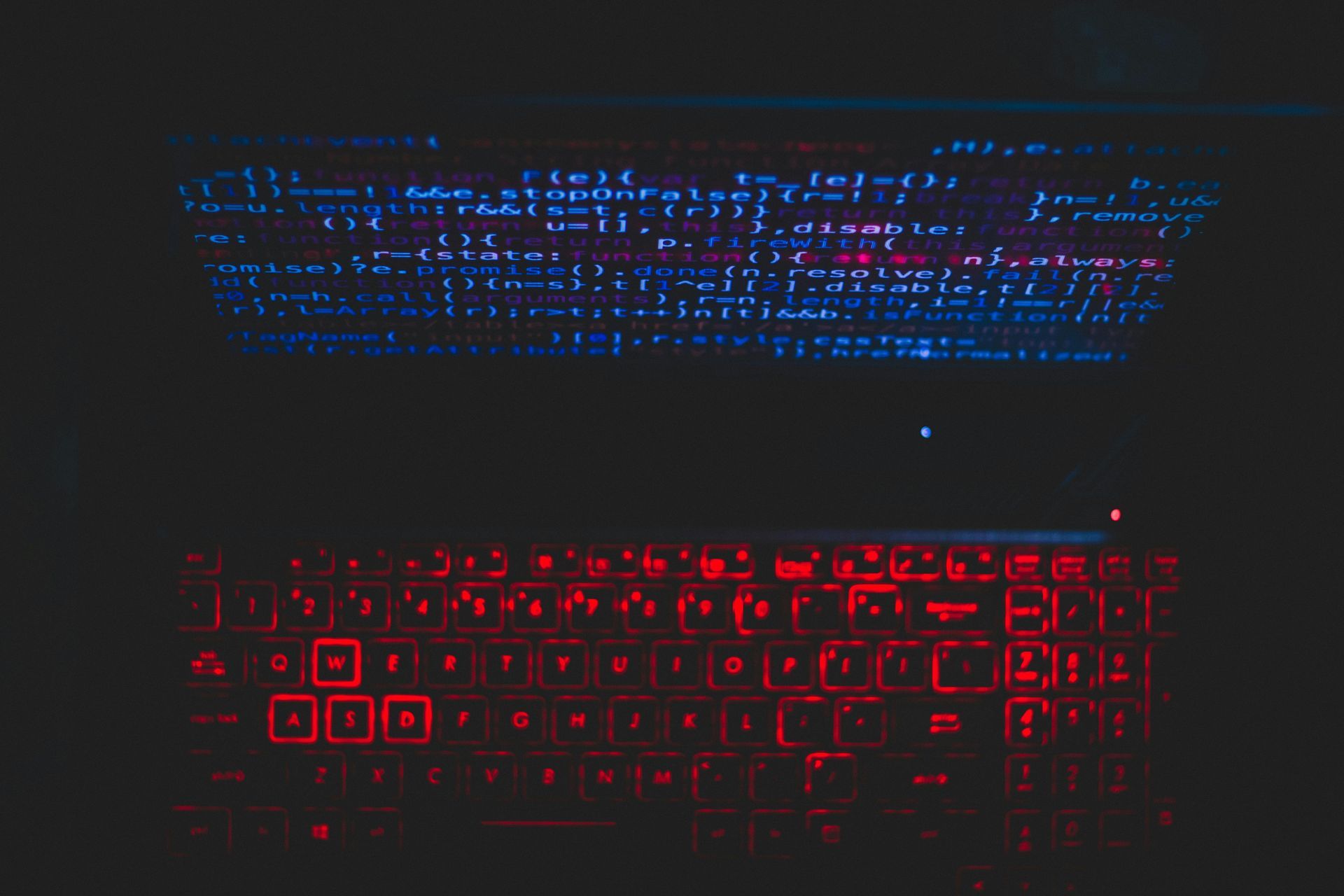Social Engineering & Misinformation: The Super Bowl as a Cyber Battleground
Unmasking Cyber Threats During Major Events

The Super Bowl is one of the biggest annual events, drawing millions of viewers from around the world. However, with such massive engagement comes the perfect opportunity for cybercriminals to launch misinformation campaigns, phishing scams, and social engineering attacks. Similarly, Kendrick Lamar's halftime performance was filled with layered symbolism, messages that not everyone understood at first glance. Just as Lamar's performance carried deeper meanings, cyber threats often disguise themselves under misleading appearances.
The Super Bowl as Prime Cyberattack Territory
With millions of people actively engaging online during the Super Bowl, cybercriminals see a golden opportunity for attacks. Phishing scams, fake streaming sites, and fraudulent giveaways flood the internet, preying on unsuspecting fans who are looking for deals, exclusive content, or access to the game. The emotional investment that fans have in the event makes them more susceptible to impulsive clicks and interactions, increasing the effectiveness of social engineering tactics. Additionally, the rise of AI-generated content has made it easier than ever to spread fake headlines, social media hoaxes and deepfake videos designed to manipulate public perception, further amplifying misinformation surrounding the event.
Kendrick Lamar's Symbolism & The Art of Social Engineering
Kendrick Lamar's halftime performance was rich in political and cultural symbolism, with deeper messages that were not immediately clear to all viewers. This layered messaging servers as a reminder that not everything is as it first appears, similar to how misinformation and social engineering tactics operate. Just as Lamar's performance encouraged deeper analysis and reflection, internet users must take a critical approach when consuming digital content.
Cybercriminals often exploit major events by making their attacks appear harmless or even enticing at first glance. For example, phishing emails are designed to look like trusted communications, while fake login pages convincingly mimic real websites. Malicious ads posing Super Bowl promotions can lure unsuspecting users into clicking harmful links. A common cyber threat tactic during big events includes fake viral content, such as "exclusive footage" from the halftime show, which, when clicked, leads to malware infected sites that compromise user security. By recognizing how deception plays a role in both digital and cultural spaces, individuals can become more vigilant in identifying online threats.
Real-World Social Engineering Attacks During Big Events
Social engineering tactics are particularly effective during large-scale events like the Super Bowl. One common attack method involves phishing scams that promote fake Super Bowl ticket giveaways, VIP access, or betting sites. These scams trick fans into providing personal information or making fraudulent payments. Another technique involves malicious QR codes placed in public areas or online, enticing users with the promise of prizes or special Super Bowl content. When scanned, these QR codes redirect users to phishing sites designed to steal sensitive data. Similiarly, cybercriminals take advantage of the high demand for Super Bowl streaming by setting up fake streaming links, which, instead of providing access to the game, install malware on the user's device or steal login credentials. These tactics exploit both the excitement and urgency surrounding the event, making it easier for attackers to deceive their victims.
How to Protect Yourself from Misinformation & Social Engineering Attacks
- Verify Before Clicking: Always check official sources before engaging with Super Bowl promotions or halftime content.
- Be Wary of Emotional Manipulation: If an offer or news story seems too shocking, urgent, or sensational, it could be misinformation or a scam.
- Use Multi-Factor Authentication (MFA): If you receive a suspicious login attempt alert, do not approve it, cybercriminals may be trying to breach your account.
- Watch for Lookalike URLs: Always inspect website addresses carefully before entering login details or payment information.
- Stay Cyber Aware on Social Media: Fake accounts often spread misleading news, double-check verified sources before sharing information.
Major events like the Super Bowl serve as prime targets for cybercriminals using social engineering and misinformation to exploit public excitement. Kendrick Lamar's halftime performance reminded us that not everything is as it seems, a crucial lesson in both art and cybersecurity. As digital threats continue to evolve, staying vigilant, verifying information, and practicing good cyber hygiene are more important than ever.
Written by Jade Hutchinson, founder of JAH Cybersecurity Consulting, specializing in helping businesses strengthen their digital defenses.



